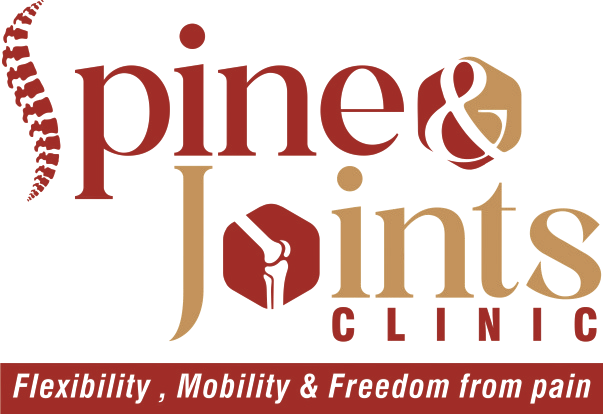Main Treatments
Vamana (Therapeutic Emesis)
Vamana treatment is targeted to expel increased Kapha Dosha out of the body. When Kapha dosha gets increased, it causes certain types of diseases – such as cold, cough etc. If the extent of Kapha increase is less, then some oral medicines can be given to suppress it. But if it has increased to a large extent and if it has moved from its natural place to other places, then it needs to be expelled out of the body. By expelling it out, the disease gets cured, often completely. Since Kapha is situated in the chest region, expelling it from the oral route is very easy. Hence, Vamana treatment is designed. To expel it out, first the Kapha Dosha needs to be forcefully brought from the extremities and different organs into the stomach, and then vomiting is induced.
The patient feels better after vomiting for four to eight times. This is followed with the internal administration of ghee treatment and a steam bath. After performing Vamana therapy, the patient should take rest and not consume heavy food. Fasting is highly recommended immediately after Vamana therapy. The patient is also given certain herbal cigarettes to smoke. In addition to this, it is strictly recommended that the natural urge to urinate, defecate, sneeze and cough should not be suppressed. If vamana is administered properly, the person feels relaxed and able to breathe freely. Lightness in the chest is often experienced after undergoing the therapy. The person thinks clearly, develops a clear voice and good appetite. All the symptoms of congestion vanish away after the proper administration of Vamana therapy.
Virechanam (Therapeutic Purgation)
Virechana treatment is targeted to expel increased Pitta Dosha out of the body. When Pitta dosha gets increased, it causes certain types of diseases – such as abscess, liver disorders, gastritis etc. Since Pitta is situated at the level of intestines, expelling it from the anal route is very easy. Hence, Virechana treatment is designed. To expel it out, first the Pitta Dosha needs to be forcefully brought from the extremities and different organs into the intestines, and then purgation is induced, to expel it out completely.
While performing the Virechana karam, the vitiated doshas are eliminated through the rectum. The drugs used for the purgation therapy are vitiate the doshas and bring them into the abdomen. During the procedure, the patient is subjected to Oleation first, then Fomentation, which is followed by Emisis and Samsarjana Karma (post operative). The internal Oleation is followed for three to seven days. Thereafter, a medicated steam bath is performed for three days. A light and warm diet is prescribed for the patient, a day before starting Virechana karma. However, certain factors like body and mind constitution, age of the person, mental condition should be considered, while opting for Virechana karma.
Nasyam ( Nasal Medication)
Nasya treatment means putting nasal drops. While you might be already knowing about usage of nasal drops to relieve nasal congestion, Ayurvedic nasya therapy is quite different from this usual practice. While putting the drops into nostrils remains the same, the purpose of this treatment varies in Ayurveda.
While there are many types of Nasya treatments, there is one type which can be done on daily basis for the overall improvement of health and to prevent diseases.
Ayurvedic texts define nasya as-“Oushadham oushadha siddha sneham va nasikayaam deeyate inti nasyam”. It means, procedure where the medicated drugs or oils are administrated through the nostrils.
Vasti ( Medicated Enema)
Out of the five essential therapies which form the prime actions of the Panchakarmas or the techniques of thorough detoxification and overhauling the body, Vasti Karma or the Enema therapy is regarded as the most important in Ayurveda healing. This is because this specific therapy aids greatly in balancing and combating the vitiated Vata dosha or the Air body humor, which alone is responsible for 80 types of diseases and disorders.
Considered as the mother of all treatments, Vasti cleanses the accumulated toxins from all the three doshas, Vata, Pitta and Kapha, especially the Vata toxins, through the colon. The importance of Vasti Karma is that other than providing thorough detox, this procedure effectively balances the Vata dosha. This is much needed because not only does the Vata dosha cause majority of diseases in the human body, yet due to its mobile and erratic nature, the Vata dosha moves the other two doshas viz. Kapha and Pitta from one part of the body to another and thus aids in their disturbance and implementing symptoms in the form of an ailment. It is for this reason that Vata dosha has to be balanced so as to cure the disease as well as stay clear of the same. Vasti Panchkarma therapy mainly aids to eradicate the disturbed or aggravated Vata dosha and thus finds its importance.
Raktha Mokshanam (Bloodletting)
Raktamokshana is one of the Panchakarma Ayurvedic treatments or the 5 basic techniques of detoxification. It is made of two words – Raktha i.e. blood and Mokshana i.e. to leave, and combining both these words makes the word Rakthamokshana which means ‘to let out blood’.
Rakthamokshana is an effective blood purification therapy, in which carefully controlled removal of small quantities of blood is conducted to neutralise accumulated Pitta toxins of many blood-borne diseases. This is because Rakthamokshana decreases the quantum of enhanced Pitta doshaand thus the disease caused by Pitta are also relieved.
It has been specified in Ayurveda text that Raktamokshana Ayurvedic treatment of Panchakarma works both as curative as well as preventive therapy. As in all Ayurvedic medicine, the Basti Karma is regarded as a partial or even a complete treatment method, similarly, in the Ayurveda surgery texts, Raktamokshana is considered as the partial or complete treatment in itself.




